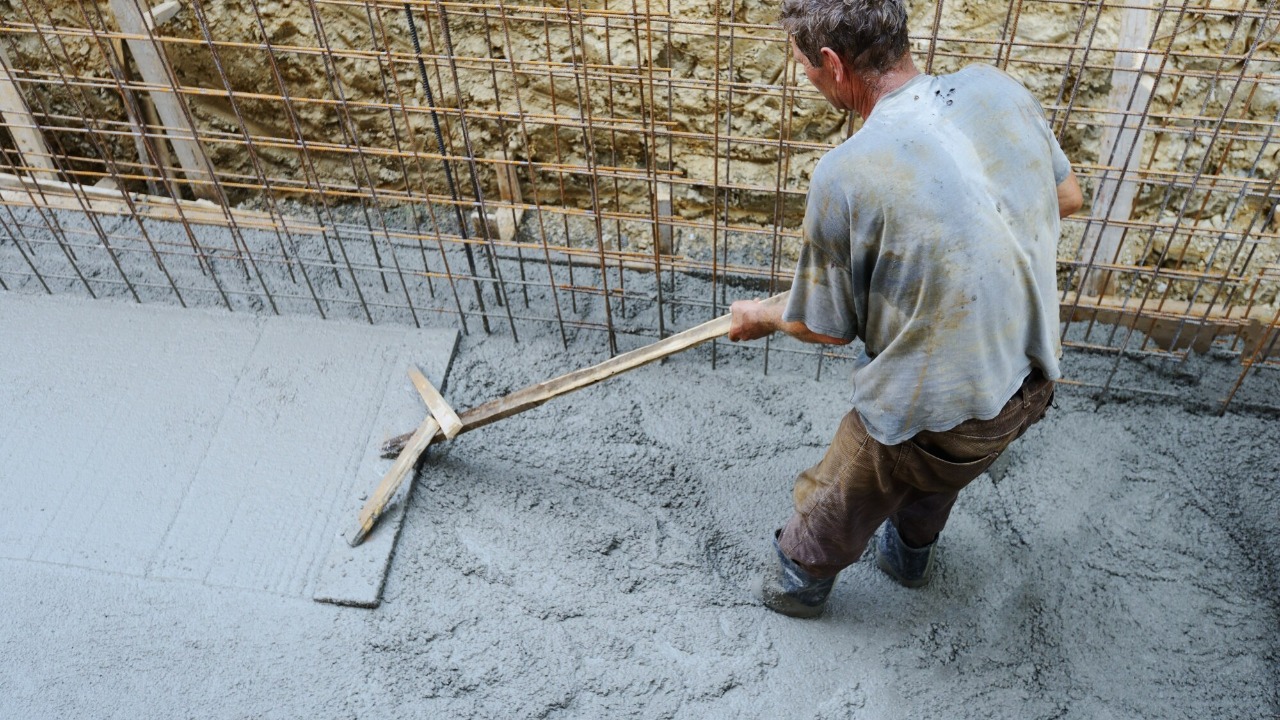
Engineers at Princeton have unveiled a groundbreaking cement formulation that is 17 times more crack-resistant than traditional options, addressing significant durability challenges in construction. This innovation, first detailed in June 2024, leverages advanced material science to enhance structural integrity without compromising other essential properties. Recent insights from October 2025 reveal how Princeton engineers discovered the key secret behind this stronger cement, potentially transforming global infrastructure.
The Breakthrough in Cement Durability
The development of this new cement by Princeton engineers marks a significant advancement in construction materials. The formulation’s 17x increase in crack resistance represents a direct improvement over conventional cement, which often struggles with durability under stress. This breakthrough was initially reported in June 2024, when the team shared their findings on the enhanced resistance of the cement through rigorous testing. These tests confirmed that the new formulation could withstand significantly more stress before cracking, a common failure point in traditional cement.
This advancement addresses a critical issue in construction: the tendency of standard cement to crack under pressure, leading to costly repairs and structural failures. By improving the crack resistance by such a substantial margin, the new cement formulation offers a solution that could dramatically reduce maintenance needs and extend the lifespan of structures. The 17x figure is not just a statistic; it illustrates the scale of improvement and the potential for this innovation to redefine industry standards.
Unveiling the Secret Formulation
The secret behind the 17x stronger cement lies in the specific engineering techniques employed by Princeton engineers. As revealed in October 2025, the team utilized a combination of material modifications and innovative processes to achieve this remarkable strength. These modifications include altering the microstructure of the cement to enhance its durability without sacrificing other properties. The research environment at Princeton played a crucial role in enabling these breakthroughs, providing the resources and expertise necessary to push the boundaries of material science.
By focusing on the microstructural changes, the engineers were able to create a cement that not only resists cracking but also maintains its integrity under various environmental conditions. This discovery process, rooted in the June 2024 development timeline, highlights the importance of a supportive research environment in fostering innovation. The ability to experiment and refine techniques was essential in uncovering the formulation that could potentially revolutionize the construction industry.
Implications for Construction and Engineering
The implications of this 17x more crack-resistant cement are profound for the construction and engineering sectors. By reducing the likelihood of cracks, this new formulation could significantly lower maintenance costs and extend the lifespan of buildings and infrastructure. This durability translates into fewer repairs and less downtime, offering economic benefits to construction companies and property owners alike. The potential for broader industry adoption is supported by the October 2025 reporting, which highlights the cement’s durability as a key factor in its appeal.
Beyond economic advantages, the environmental benefits of this stronger cement are also noteworthy. With enhanced strength, structures require less frequent repairs, leading to reduced material waste. This aligns with global efforts to minimize the environmental impact of construction activities. The 17x metric underscores the potential for this innovation to contribute to more sustainable building practices, making it an attractive option for environmentally conscious projects.
Challenges and Next Steps in Implementation
Despite its promising potential, scaling the discovery of Princeton engineers for widespread use presents several challenges. Adjusting production processes to accommodate the new 17x stronger variant will require significant investment and adaptation. These hurdles must be addressed to ensure that the cement can be produced at a scale that meets industry demands. Ongoing research, following the June 2024 announcement, focuses on validating the crack-resistant properties and refining the production techniques to facilitate broader adoption.
Collaboration with industry partners will be crucial in integrating this new cement into existing construction practices. By working with manufacturers and construction firms, Princeton engineers can help ensure that the cement’s benefits are realized in real-world applications. The October 2025 coverage suggests that such partnerships could pave the way for the cement’s widespread use, offering a forward-looking perspective on its potential impact. As the construction industry continues to evolve, innovations like this cement formulation will play a vital role in shaping the future of building and infrastructure development.